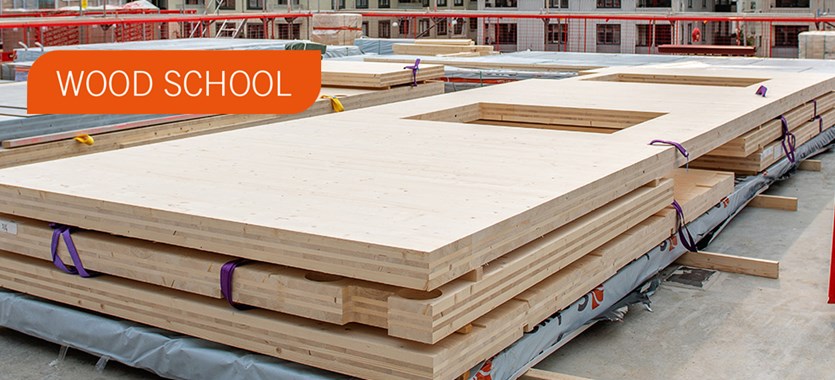Did you know that a building’s climate impact during the construction process itself can be as big as or sometimes bigger than its impact over 50 years of use? This partly depends on the materials chosen to be used in construction and the type of heating energy used.
When a manufacturer is producing an EPD, and carries out a life cycle analysis of the product, this draws on a number of product-specific rules. The rules include detailed guidelines on definitions, choice of method and documentation for the product group concerned. The product-specific rules are usually termed “product category rules” (PCR) and are largely drawn up in consultation with the industry.
Provides an objective assessment
An EPD is not a guarantee that the product is environmentally friendly but a tool to enable products and services to be compared. For example, it can serve as underlying documentation in procurement and purchasing or as a tool in environmental management work. The product category rules mean the EPD can form a basis for both objective assessments and fair comparisons of the environmental impact of goods and services in a life cycle perspective.
Because an EPD provides product specific environmental information, it is an important source of data for a building’s life cycle analysis, LCA. Anyone conducting an LCA for a whole building or particular part of a building can use data from the EPD for the different construction products. It is important to remember that EPDs must be based on the same PCR in order to be comparable. It is also important to take the definitions in the respective EPD into account, e.g. regarding which phases are included in the calculations.
Greater focus on the climate impact of buildings
Up until now it has been up to the client to demand and set requirements regarding EPDs in the construction industry but they are expected to become standard in Sweden in just a couple of years. The Swedish government is planning to introduce a requirement that buildings have climate declarations and has commissioned the National Board of Housing, Building and Planning to prepare the industry for this. The Board proposes that the parts of a building’s life cycle that generate the greatest greenhouse gas emissions must have declarations.
Initially this will cover the first three steps of the life cycle, in other words raw material supply, transport and product manufacture. In the first instance, the purpose of the climate declaration is to increase awareness and knowledge of the climate impact of buildings. In the next step, the aim is to steer efforts to reduce climate impact and help to attain the national objective of a climate neutral Sweden by 2045.
Examined by an independent third party
There are many different EPD programmes. One of them, EPD International, was launched in Sweden in 1998 but has gradually been reshaped into an international system. Today there are EPDs registered from 45 countries on four continents. All EPDs produced must be examined and verified by an independent third party. In Sweden, Swedac is the accreditation body for the certification bodies that carry out the examinations.
EPD International is a subsidiary of IVL Swedish Environmental Research Institute. IVL also helps companies and organisations to produce EPDs in line with the international EPD system and develop associated product category rules (PCR).







